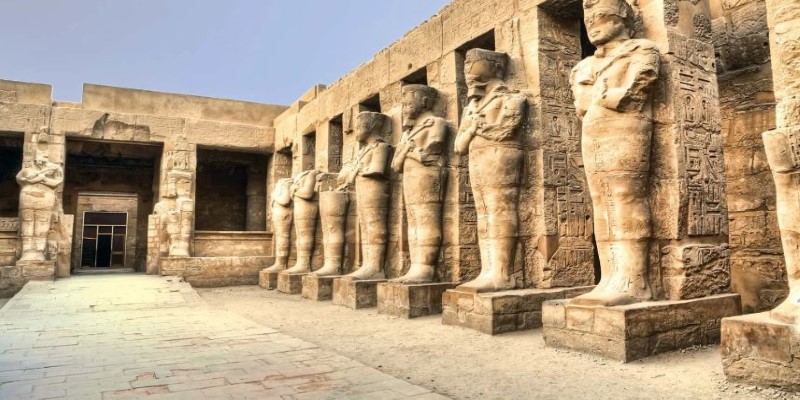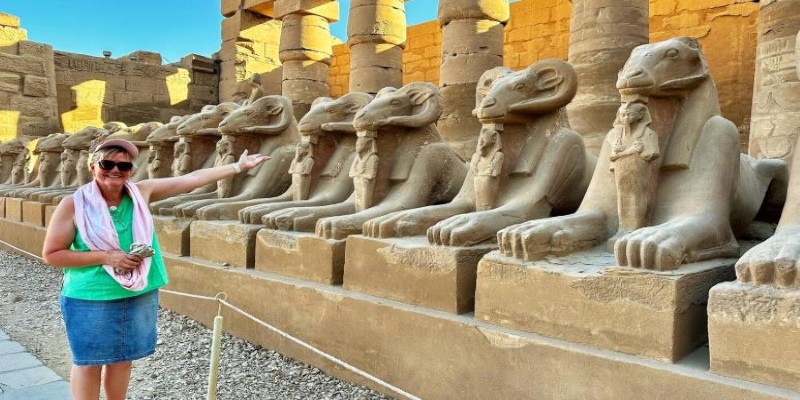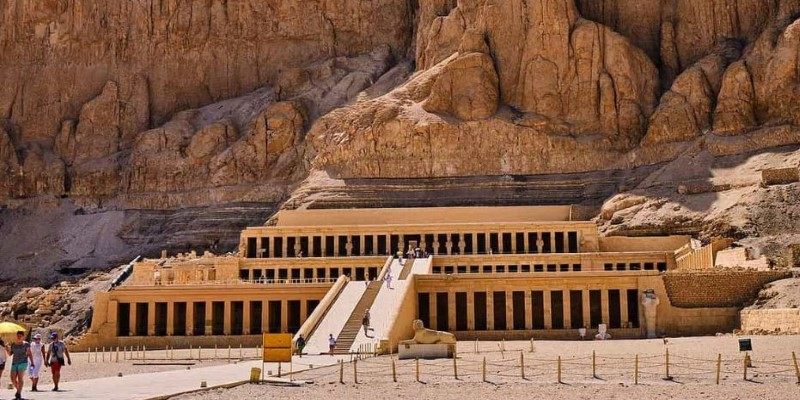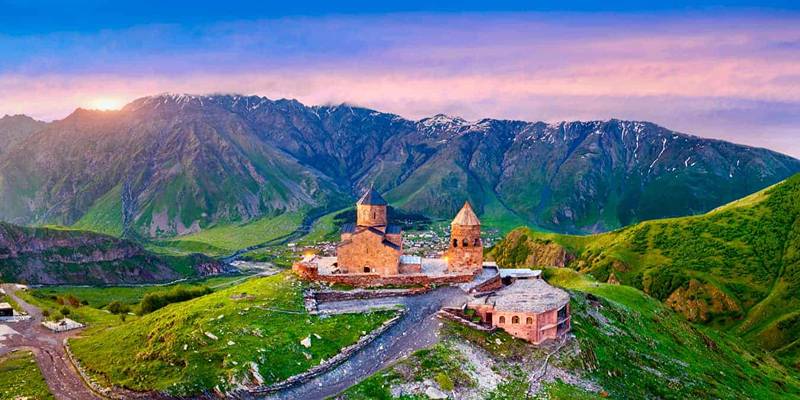Karnak Temple, located in Luxor, Egypt, is one of the largest and most impressive temple complexes in the world. Walking through its grand halls and towering pylons, it's easy to understand why it's been a site of worship for over 4,000 years. Karnak was dedicated primarily to the Theban Triad of Amun, Mut, and Khonsu and served as a center of religious life in ancient Egypt. It was not only a place of worship but also a symbol of Egypt's immense power, wealth, and architectural mastery.
A visit to Karnak Temple is taking a step into breathtaking beauty in art, religion, and history. Centuries of ancient Egyptian civilization come alive in massive columns, rich hieroglyphs, and grand statues. The guide will provide information that will help you explore the most significant highlights while preparing you for your visit to get the most from Luxor's iconic temple.
The Rich History and Significance of Karnak Temple
The Karnak Temple has a history of over two millennia, making it one of the oldest religious complexes still in existence today. The construction of the temple started during the Middle Kingdom, around 20551650 BCE. However, most of the major expansions were done under the rule of the New Kingdom pharaohs, especially those of the 18th dynasty, such as Hatshepsut, Thutmose III, and Ramses II. Successive pharaohs have, over the centuries, added to the temple complex. It is what we see today: a sprawling area of temples, chapels, towers, and obelisks.
Mostly, worship was meant for Amun, a god who was considered a king of the gods in Egypt. The temple site eventually became the religious focal point of Egypt. The powerful priest of Amun dominated both Egyptian spiritual and political life. The complex site was the largest center of rituals. Rituals involved the annual Opet Festival, in which statues of gods were taken between Karnak and Luxor Temple in a parade that signified the renewal of the pharaoh and the land.
The architecture of Karnak Temple shows the grandiosity of the ancient Egyptian belief system. The vast sizes and scales of the structures were meant to impress and intimidate, thus establishing Egypt as a superpower in the ancient world. The walls, columns, and ceilings are filled with intricately carved reliefs and hieroglyphs, depicting detailed records of the victories of the pharaohs, religious rites, and the gods' importance in the daily lives of the ancient Egyptians.
What to See at Karnak Temple?
Visiting Karnak Temple is like walking through an open-air museum with countless monuments to explore. The temple complex covers over 100 hectares, and there are several key areas that every visitor should experience.

The Great Hypostyle Hall is undoubtedly the most famous and impressive part of Karnak. This massive hall, with 134 giant columns, was originally designed as a place of worship, and its towering columns are covered with reliefs depicting the reign of the pharaohs. Standing under these towering columns, you cant help but feel a sense of awe at the scale and craftsmanship of ancient Egyptian architecture. The walls of the hall also feature hieroglyphs that tell stories of the pharaohs military campaigns and religious ceremonies, making it a living history book in stone.
The Temple of Amun, which is the central and most significant part of Karnak, contains numerous shrines, statues, and carvings dedicated to Amun, the god of the temple. Walking through this area, youll encounter large statues of pharaohs, each one proudly proclaiming their divine connection to Amun. One of the most striking features of this part of the temple is the Sacred Lake, where ancient Egyptians performed purification rituals. The lake is beautifully serene and offers a moment of quiet reflection amidst the grandeur of the temple.
These towering obelisks at Karnak Temple symbolize the grandeur of Hatshepsut and Thutmose I. Adorned with hieroglyphs praising their achievements, the obelisks stand as remarkable feats of ancient Egyptian engineering, offering a fascinating glimpse into the culture's architectural mastery and the enduring legacy of its rulers.
The Avenue of Sphinxes once linked Karnak and Luxor Temples, playing a vital role in Opet Festival ceremonies. Flanked by majestic sphinx statues with lion bodies and human heads, the road symbolizes pharaonic power and strength, creating an awe-inspiring connection between these two iconic ancient sites.
Practical Tips for Visiting Karnak Temple
Karnak Temple is a must-see in Luxor, and a little planning can enhance your visit. To avoid the intense heat, especially in summer, aim to explore early in the morning or late in the afternoon. Early visits not only offer cooler temperatures but also give you a quieter experience before crowds arrive. If visiting in winter, arriving early helps you beat the tourist rush.

Take your time to admire the intricate carvings and reliefs that tell stories of ancient pharaohs, gods, and rituals. Hiring a guide can enrich your experience by explaining the history and symbolism behind these scenes. Their insights add depth to the beauty youre observing.
For a unique experience, consider attending the Sound and Light Show in the evening. This dramatic display uses lighting and sound to narrate the temples history, offering a magical perspective on the site.
Karnak Temples vast complex involves significant walking, so wear comfortable shoes, bring water, and take breaks to fully enjoy the surroundings. Small cafes near the entrance offer rest stops, while shops provide souvenirs. Be prepared for local vendors offering tours or camel rides; a polite no, thank you suffices if youre not interested. With preparation, Karnak Temple promises an unforgettable journey through history.
Conclusion
Visiting Karnak Temple is a step into the grandeur of ancient Egypt. Its towering columns, intricate reliefs, and immense scale make it more than a historical siteits an experience. Once the heart of Egypts religious and political life, it stands as a remarkable testament to ancient ingenuity and artistry. For travelers in Luxor, Karnak Temple is a must-see destination, captivating history enthusiasts, architecture admirers, and anyone seeking a profound connection to the past. Its an unforgettable journey through time.











